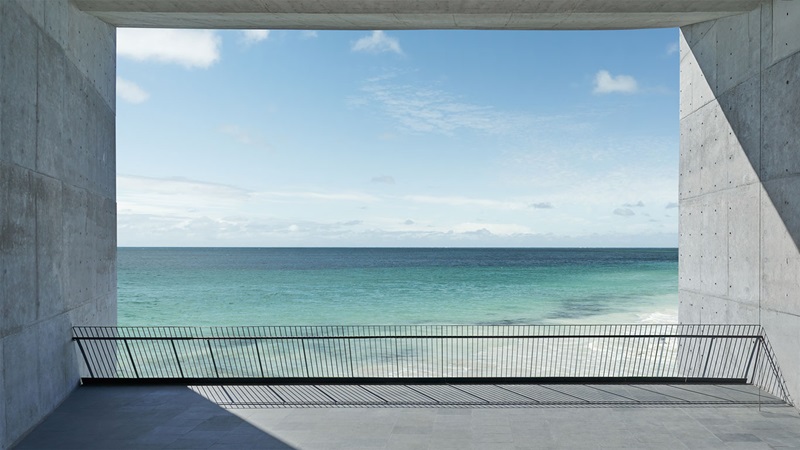Perspectives
Confounding the critics, the challenges and successes of building on water in the Middle East
Blue space helps our mental health and, when given the choice, people would rather be near the water. That was the finding of the BlueHealth study into the impact of urban blue spaces on people’s wellbeing.
This natural demand for being near water, coupled with the simple fact that there is only so much coastline to go around, has seen developers come up with some innovative ways to create this high value property by building on top of water.
The creation of new waterside property is most obvious in the Middle East, where the challenge of building on or near the water has been taken on with enthusiasm. There are many innovative developments, either already completed or under construction, where the benefits of forming all new real estate are being realised.
The creation of new waterside property is most obvious in the Middle East, where the challenge of building on or near the water has been taken on with enthusiasm. There are many innovative developments, either already completed or under construction, where the benefits of forming all new real estate are being realised.
Moving with the tide
The solution to creating waterside property is more vast than most would imagine. No longer is dredging, which was the method used to create both The Palm Jumeirah and Jebal Ali Palm in Dubai, the only option to reclaim land.
The Kempinski Floating Palace, Neptune, is more of a water borne vehicle than real estate, and The Rig in the Arabian Gulf is a development supported across two decommissioned oil rigs.
The Oxagon in the Kingdom of Saudi Arabia takes yet another approach, with half of this industrial and logistics mega city floating and the other half on land.
With such ambitious developments being created through staggering measures, it is clear this is a part of the construction industry which is moving at pace and with many plausible solutions which could be deployed in order to unleash more high value property.
The Kempinski Floating Palace, Neptune, is more of a water borne vehicle than real estate, and The Rig in the Arabian Gulf is a development supported across two decommissioned oil rigs.
The Oxagon in the Kingdom of Saudi Arabia takes yet another approach, with half of this industrial and logistics mega city floating and the other half on land.
With such ambitious developments being created through staggering measures, it is clear this is a part of the construction industry which is moving at pace and with many plausible solutions which could be deployed in order to unleash more high value property.
The challenge of creating new waterfront
In the Middle East, developers have been doing all that is possible to create new waterfront opportunities over many years in order to unlock the value proposition it offers but only recently has this extended to actually building on the water.
Of course, building on water is hugely different to building on land. There are construction and engineering challenges which often come with an increased cost. But the significant increase in value of being near the water is, so far, eclipsing the increase in cost – making this a lucrative model despite the initial hefty price tag.
From an engineering point of view, these developments require a different set of expertise. They blur the line between boat and building. By combining maritime engineering with real estate engineering it is possible to achieve the desired outcome. And it is creating new links of specialist skillsets and occupations which have previously not crossed paths.
Being on the water also means there are certain constraints regarding weather and safety that must be respected. For example, not many traditional builders would check the day’s tidal charts before setting off to work. The good news is that there are already very well-developed engineering requirements for floating assets, so we are able to take the appropriate approach to ensure the safety of construction teams at all times.
Tackling climate change
With an increasing awareness of the need to consider sustainability in the construction industry, there has been some suggestion that building on water will help create resilience for towns and the population.
With rising sea levels, can building on water help in a future where there may be less land on which for us to live?
While we are not yet seeing this climate resilience piece as part of the rationale for these developments, there may well be learnings which can come from these innovative developments which could be applied by developers in the future.
Looking to the future
The population of the Middle East has grown rapidly over the past three decades, with only Sub-Saharan Africa’s population growing at a faster rate. And with this expected to continue, the region will have an ever increasing need to provide accommodation and infrastructure to cater for more people.
While it is impossible to say what the future has in store for water-based developments, we know they are popular for both residential and leisure schemes so it is fair to assume that many more unique developments and solutions will be unveiled over the coming years.
On a personal note, I look forward to playing my part in the delivery of the next iteration of waterside developments. So far, the Middle East has managed to confound the critics by creating ambitious water-based plans that come to fruition. Long may that continue.
Opinion piece from Christopher Seymour, Managing Director of MEA for Mace Consult.









